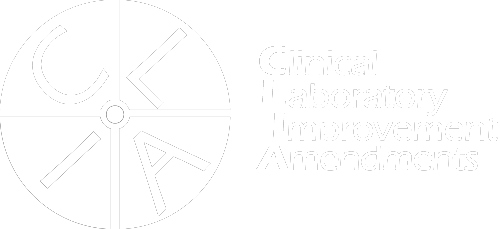Learn More About Rainbow Fentanyl
Fentanyl is a synthetic opioid that can be anywhere between 50 to 100 times more powerful than morphine. Fentanyl’s high potency makes it extremely dangerous; even doses as small as 2 milligrams can be deadly. Out of the 107,622 drug overdose deaths the CDC reported in 2021, 71,238 deaths were linked to synthetic opioids, particularly fentanyl. According to the CDC, fentanyl overdose is now the leading cause of death among US adults between the ages of 18 and 45.
The most notable drug trend concerning fentanyl is the phenomenon of fentanyl lacing. However, another emerging trend raising concern as of late is rainbow fentanyl.
“Rainbow fentanyl” is the nickname the United States Drug Enforcement Administration (DEA) has assigned to the brightly colored fentanyl that has recently been making its rounds across the country in the form of pills, powders, and blocks resembling sidewalk chalk. Despite its unassuming vibrant coloration, rainbow fentanyl is just as dangerous as any other, more conventionally colored fentanyl.
Rainbow fentanyl has been seized in 26 states since August 2022. Earlier this fall, an estimated 15,000 fentanyl pills concealed in a LEGO container were seized in Manhattan. At the time, this was the largest seizure of rainbow fentanyl to date in New York.
A few days later, on October 7th, this record was blown out of the water by a seizure of approximately 300,000 rainbow fentanyl pills and 22 pounds of the drug in powder form in a Bronx apartment. Investigators estimate that the stash’s street value is equivalent to roughly $9 million.
The DEA’s primary concern regarding rainbow fentanyl is its deceptive candylike appearance. In an interview with NBC News, DEA Administration Anne Milgram said that sometimes traffickers would even refer to rainbow fentanyl as “Sweet Tarts” and “Skittles” to play up the candy association. According to Milgram and, by extension, the DEA, rainbow fentanyl is “a deliberate effort by drug traffickers to drive addiction amongst kids and young adults.”
However, in an article released by NPR, some drug experts are critical of the DEA’s claim that rainbow fentanyl is being used to target children specifically. These experts argue that the severe legal penalties for dealing drugs to children and the fact that children likely do not have access to the types of funds necessary to be considered reliable repeat customers would dissuade profit-driven dealers from targeting their business so blatantly. Rather, Dr. Sheila Vakharia of the Drug Policy Alliance argues dealers may simply be using bright colors “to distinguish their product from other products on the street.” Vakharia is far more worried about how these new coloration tactics may enable dealers to create pills that mimic fentanyl-free opioids and prescription medications.
Regardless of traffickers’ reasonings behind the creation of rainbow fentanyl, fentanyl has proven itself time and time again to be dangerous in all forms, no matter the color.
Averhealth’s lab can test for 16 types of fentanyl. Additionally, our annual report shows the drug trends observed across our customers’ programs nationwide so our customers can compare the positivity rates within their programs to the national data we’ve collected.



